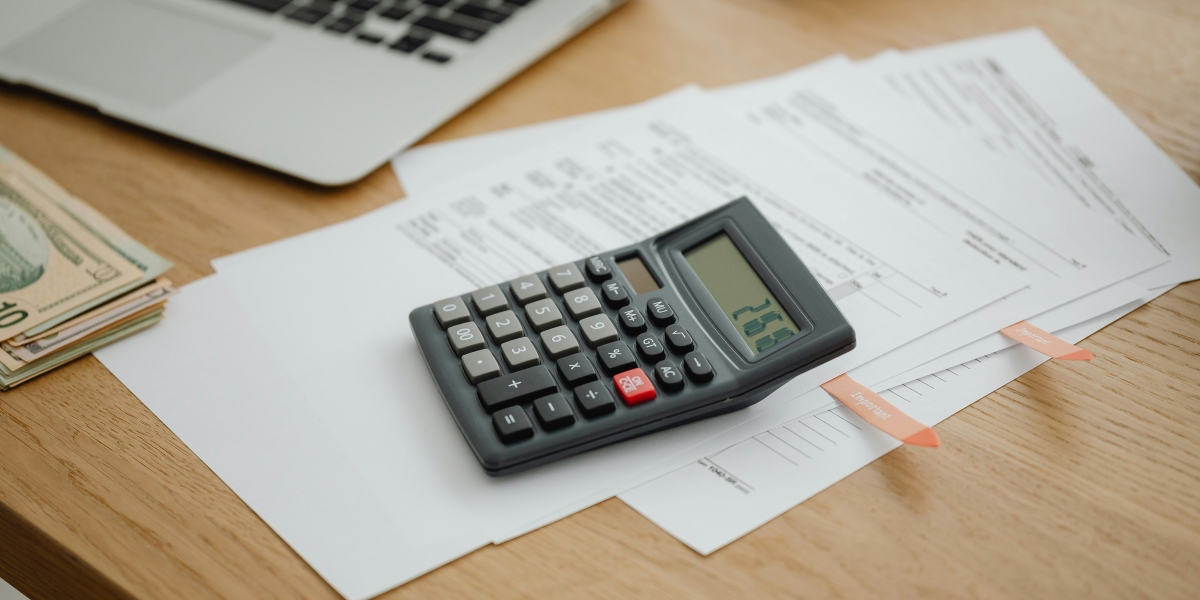Worries over the UK economy caused the pound to fall 4.6% against the US dollar in August.
The last time the pound plummeted that far against the dollar was in the aftermath of the Brexit vote in October 2016.
On the currency markets, the sterling fell below $1.16 once more on Thursday morning. Analysts believe the drop indicates the economy’s bleak prognosis, with consumers and businesses facing rising prices and surging energy expenditures.
The Bank of England predicts that the UK will enter a recession by the end of this year. However, because of the weak pound, Brits traveling abroad will find their money will not go as far.
August was also the pound’s worst month versus the euro since the middle of last year.
Ms. Lambie stated that recession fears were dragging on markets, citing Goldman Sachs’ recent forecast that the UK could be in recession until 2024.
A recession occurs when the economy contracts for two consecutive three-month periods.
Challenging month for the pound
Fears about the UK economy’s prospects have intensified after data revealed it contracted between April and June, with firms and individuals suffering the effects of rising prices.
On Thursday, a new analysis suggested that the manufacturing sector contracted in August for the first time since May 2020.
Separately, the Resolution Foundation think tank reported that typical household disposable incomes are on track to decrease by 10%, or £3,000, this year and next, resulting in the “deepest living standards squeeze in a century.”
The cost of living crisis is expected to be the most difficult challenge for the new Prime Minister.
Both Rishi Sunak and Liz Truss have been pressed to explain how they plan to support homes if they win the keys to Number 10.
The Bank of England boosted interest rates to 1.75% in August, expecting a recession in the UK economy this year.
Ms. Streeter, on the other hand, believes that the Bank of England will be obliged to postpone rate hikes in the coming months due to the cost of living crisis.
The strength of the dollar
According to economists, the pound’s decline is also due to a strong dollar.
The dollar is performing well due to rising US interest rates, and investors view it as a safer choice.
The president of the country’s central bank, the Federal Reserve, signaled this week that it would continue raising interest rates to contain inflation.
On the strength of robust economic statistics, expectations for a 75-basis-point rate hike in the United States at next month’s Federal Reserve meeting are rising, with Fed funds futures indicating a 75% possibility of such an increase.
This contributed to the benchmark 10-year US Treasury yield reaching a two-month high of 3.219% early Tuesday. However, because of Japan’s yield curve control program, the 10-year government bond yield is only 0.24%.
Read Also: Pound slides against the dollar
According to a senior finance ministry official, Japan is keeping a “close eye” on currency movements.
The risky Australian and New Zealand dollars were also sold off as part of the run to safe-haven assets, reaching their lowest levels since July.
The Australian dollar was recently down 0.47% at $0.68115, while the New Zealand dollar was down 0.49% at $0.6105.





